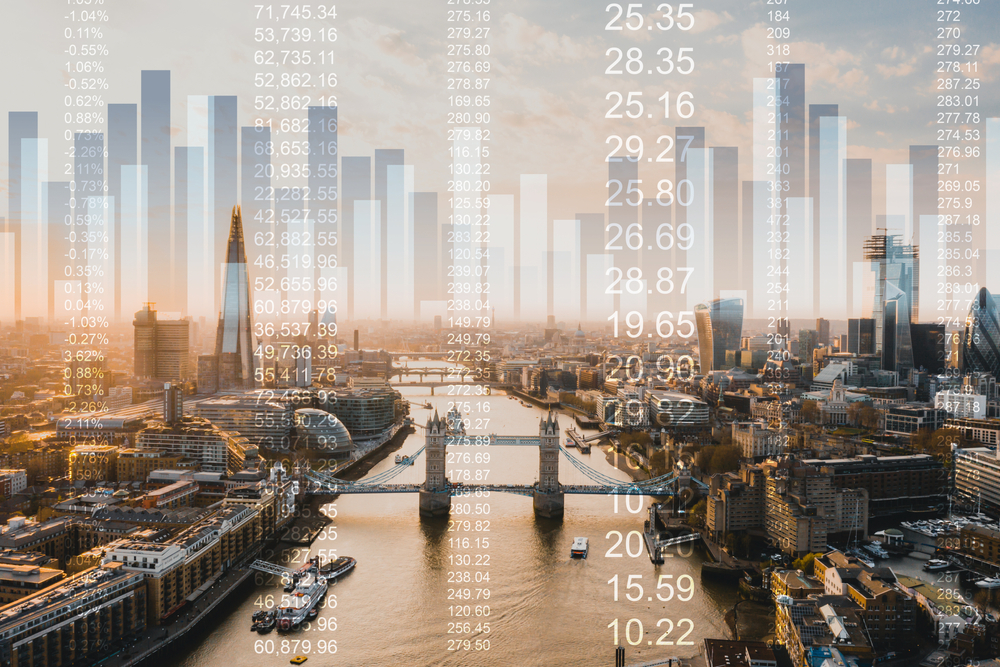

It’s harvest time in the farming calendar. Land management has proven that the timing and order in which crops are harvested makes a great deal of difference to the yield. Some factors are relatively predictable, such as when a crop is likely to be ready. Other factors are very uncertain, like the weather.
Investments are similar – markets are unpredictable although tax allowances and rates are more predictable, but not completely. So, when it comes to harvesting your hard-earned money, timing, and the order in which you do this is very important.
Whether you are in retirement, shortly approaching it, or it still lies some way in the future for you, it can be tempting to assume that you go to your pension first as your source of income in retirement. But beware – taking income from your pension first could mean that you are losing out on significant disposable income.
Many people arrive at the age they want to partly, or fully, retire with a range of assets. These can include cash, property, ISAs, bonds, pension plans such as SIPPs, and maybe some multi asset funds or other investments. As a result, you will have a choice of where to take your income from first. But it’s likely that the best choice is not your pension.
Why is this? Well, it can be complicated. Which is why it’s a good idea to have a qualified financial adviser whose job it is to optimise how you take your income. But to give a simple example:
This too is another benefit in organising your retirement income to come from several different pots at different times. It can be a good idea to take more investment risk on the portion of your money that you don’t need immediately. This is because you are more likely to get a higher return on it on average, plus it stays invested longer for that higher return to compound. And it can be even more efficient if this is in a pension because the compounded growth is not taxed.
However, along the way there will be times when investment markets are down, and you don’t want to be to having to sell these investments to take income at such times, which would result in temporary losses. That’s why it’s usually a good strategy to take the higher investment risk only with the money that you are sure you aren’t going to need in the short term and have your ‘essentials’ money come from cash or short-term deposits.
So, it’s about organising your ‘pots’ not just in the most tax efficient way, but in a way which optimises the balance of investment return, investment risk, and timescales for when you will need the money.
It is worth noting too that even when you do finally come to take income from your pension, you can make a massive difference to how much tax you pay depending upon how you take the money from it. This is especially true if you have more than one pension, and a spouse or partner who has pensions too. Factors to consider include your respective ages, how much to take of the tax-free cash allowance, what to leave in flexi access drawdown and with which provider, inheritance tax (IHT) implications, whether and how you can get access to your capital, and death benefit flexibility.
Again, it’s the job of your financial adviser to optimise this for you. If you’d like to learn more, please get in touch now.
The value of pensions and investments can fall as well as rise. You may get back less than you invested.
Tax treatment varies according to individual circumstances and is subject to change.
Shutterstock/denis kalinichenko
References:
Approver Quilter Wealth Limited, Quilter Financial Limited, Quilter Financial Services Limited, Quilter Mortgage Planning Limited. September 2023
By clicking this link you are departing from the regulated site of Ablestoke Financial Planning LLP.
Neither Ablestoke Financial Planning LLP nor Quilter Financial Planning accept responsibility for the accuracy of the information contained with this site.
Open Link